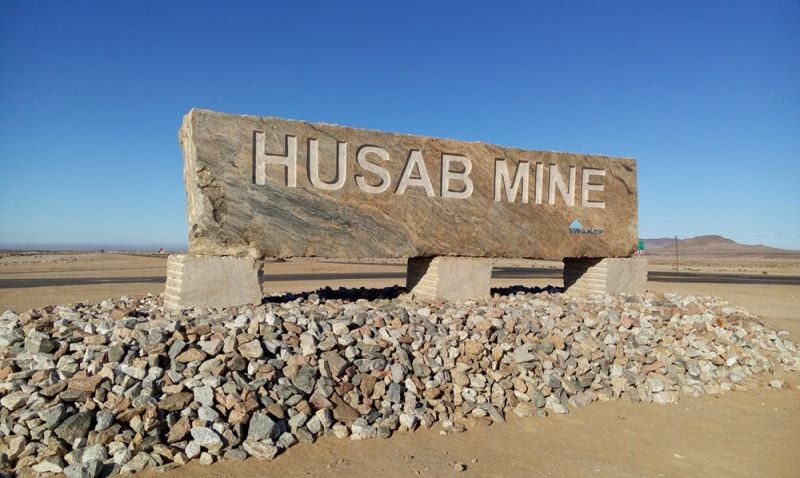Swakop Uranium aims to position Namibia as the world’s second-largest uranium producer by 2028, with the Husab Mine expected to generate over US$1 billion in annual revenue as production expands to 6,000 tonnes of uranium oxide per year.
Executive Vice President Irvine Simataa said the planned production increase from the current 5,300 tonnes will reinforce Namibia’s standing in the global uranium market.
“Swakop Uranium as a business remains the largest mining entity in the country. With an investment of US$5 billion in 2013, we currently employ 23% of the country’s mine workers. We currently are the third-largest uranium-producing mine in the world,” Simataa said.
Husab Mine currently accounts for nearly a quarter of Namibia’s total mining employment, supporting more than 4,600 workers.
Simataa added that the company’s 2028 goal is not only to surpass US$1 billion in annual revenue but also to elevate Namibia to second place globally in uranium output.
“It is our vision that in 2028, not only will Swakop Uranium be the largest revenue generator, north of a billion US dollars, but we will move Namibia to second place in the whole entire world in terms of uranium production,” he said.
Kazakhstan has led global uranium production since 2009. In 2022, the most recent year for which data is available, Canada and Namibia ranked second and third respectively.
The Husab Mine’s resource base was discovered in 2008, with mining rights granted in 2011 and full project acquisition completed in 2012. The mine operates with a processing capacity of 120 million tonnes per year and a life-of-mine extending to 2044.
According to Swakop Uranium’s operational data, the mine currently produces 5,300 tonnes of U₃O₈ annually, supported by embedded power generation of 37 MVA and annual water consumption of nine million cubic metres.
The Chamber of Mines reported that in 2024, Swakop Uranium carried out extensive infill and exploration drilling to improve resource confidence and identify new mining targets across multiple licences, including ML 171, EPL 3138 and EPL 3439.
These activities included a 179 km² airborne survey and reinterpretation of 500 km² of geophysical data.
Exploration work is set to continue in 2025, focusing on high-priority zones such as Salem, Middle Dome and GP7, as Swakop Uranium pursues long-term sustainability and maintains its position as a key driver of Namibia’s mining sector.




